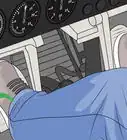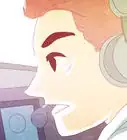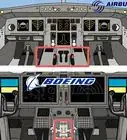wikiHow is a “wiki,” similar to Wikipedia, which means that many of our articles are co-written by multiple authors. To create this article, 17 people, some anonymous, worked to edit and improve it over time.
This article has been viewed 72,571 times.
Learn more...
This is a series of instructions on how to enter and recover from a spin in a Cessna 150, light aircraft. A spin is a flight maneuver that is potentially very dangerous to pilots. A spin involves a rotation about the aircraft's vertical axis - nose to tail - together with a rapid loss of altitude. Recognition of spin symptoms, avoidance of fully developed spins, and recovery are the only aims of practicing a spin, as it has no practical application in normal flight training.
Steps
Spin Entry
-
1Complete a HASEL check before entering the spin.
- H – Height: make sure you are at least 4,000 feet (1,219.2 m)+ AGL (Above Ground Level). A higher altitude is safer.
- A – Area: check that you are over a relatively empty area of ground.
- S – Security: verify that your seat belt and doors are secured.
- E – Engine: make sure your fuel valve is set to ON, your mixture knob is set to rich (all the way in), the carb heat is pulled HOT, oil and temperature gauges are within the green limits, and that your magnetos are set to both with the master switch (red switch on left) is set to on. This can be accomplished using a “7-Up Check” which will be described in the notes.
- L – Lookout: perform a gentle turn (no more than 15 degrees of bank) to the left and then the right, forming an S. This is to verify for traffic below you and around you.
-
2Begin stall entry procedures. Reduce the throttle and gradually pull back on the control column. This will bring the nose of the aircraft up. Maintain this until you stall the aircraft.Advertisement
-
3As the stall begins, apply full rudder by pressing down on the pedal in whichever direction you wish to spin.
-
4Allow the auto-rotation (spin) to develop by holding the full rudder input and the back-pressure on the control column. The aircraft should now be in a spin.
Spin Recovery
-
1Pull the throttle completely back, setting the engine to idle.
-
2Apply and hold full rudder opposite to the direction of rotation.
-
3Once full rudder is engaged, apply forward pressure on the control column to break the stall with a nose-down attitude.
-
4Hold both rudder and nose-down attitude until the rotation stops.
-
5Once the rotation is stopped, neutralize the rudder, level the wings, and climb back to your assigned altitude.
Warnings
- It is also best to have an experienced pilot or instructor with you before attempting this maneuver.⧼thumbs_response⧽
- It is very important to be at a safe height before attempting to execute a spin, as recovery will always take some altitude to achieve.⧼thumbs_response⧽
- A proper walk around, to examine the aircraft for any defects or weaknesses is also very important for the safety of any flight. It is especially important prior to flights where the aircraft will be submitted to unusual stresses, as in the case of a spin.⧼thumbs_response⧽
- Transport Canada states that a secondary spin may result “from mishandling the controls following recovery from the initial spin. An abrupt or premature pull-up from the dive recovery could cause a secondary stall” [1]⧼thumbs_response⧽
Things You'll Need
- Aside from the aircraft, no materials are necessary to perform a spin.
References
- ↑ Canada. Transport Canada. Flight Training Manual,4th edition. Ottawa: Minister of Transport, 2004
- Cessna Aircraft Company. 150 Commuter: Pilot's Operating Handbook, Cessna Aircraft Company, 1987
- “Aircraft Stall Diagram”. Date Unknown. [Online]. Available: http://history.nasa.gov/SP-440/p42b.jpg. [Accessed: October 17, 2009].
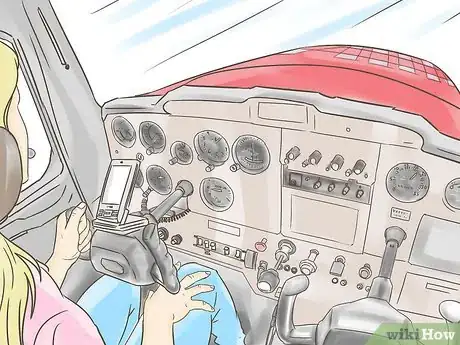

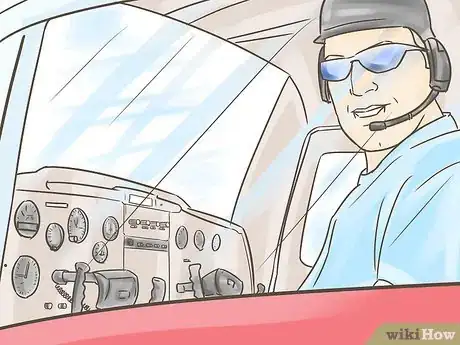
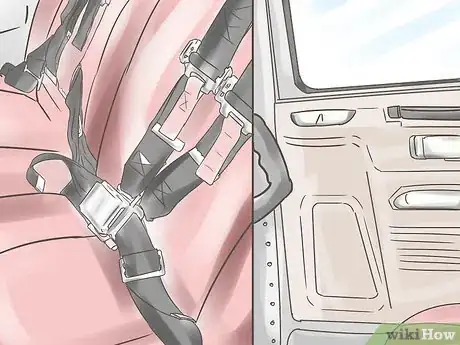
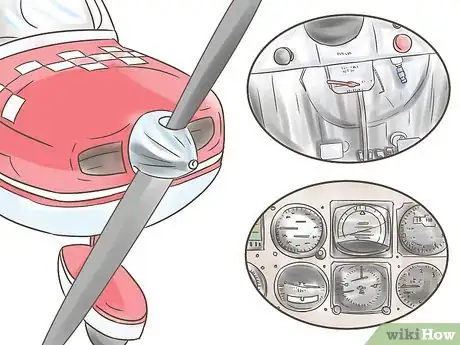
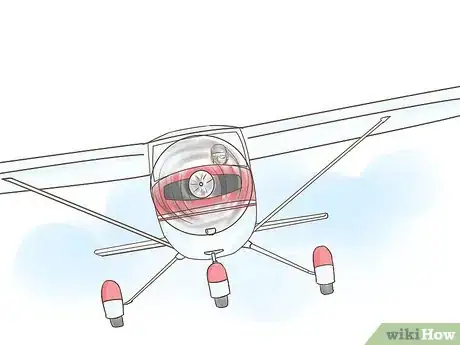
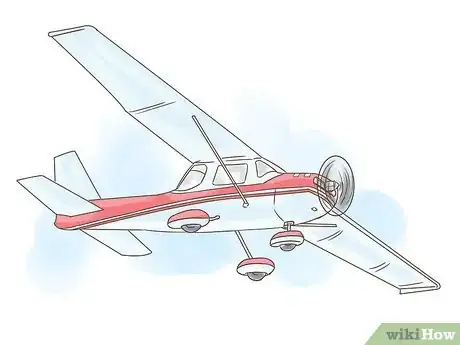
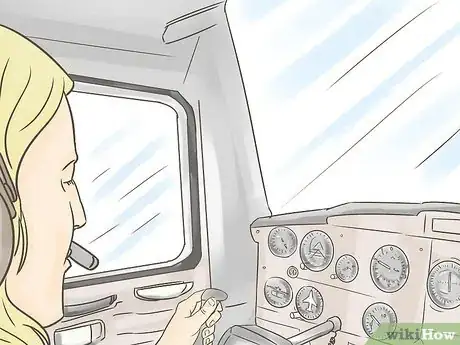
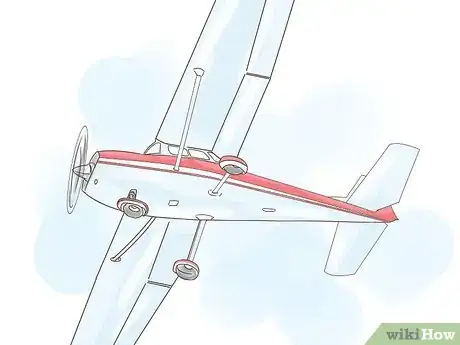
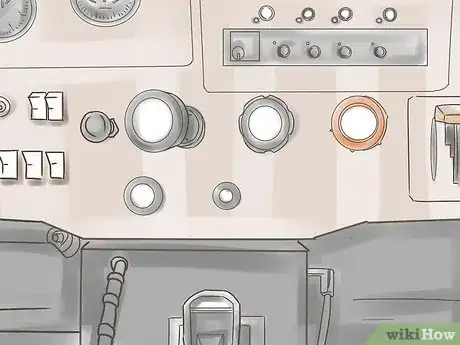
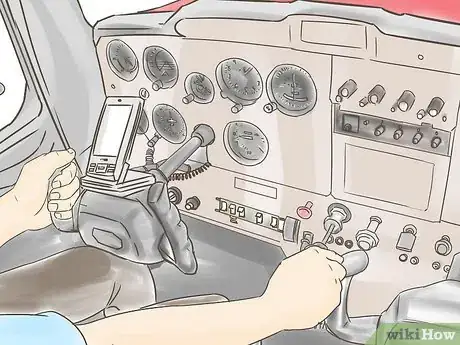
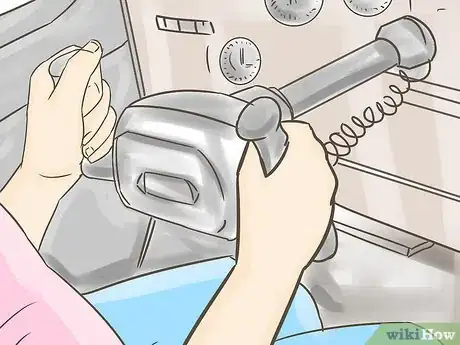
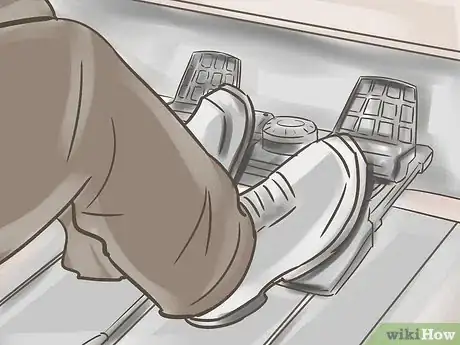
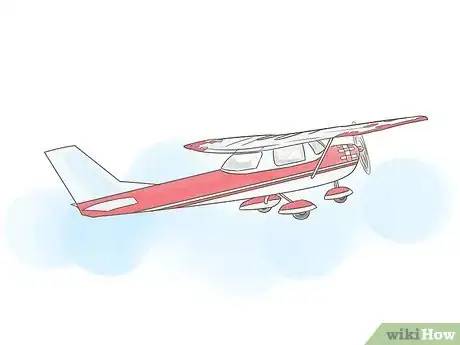

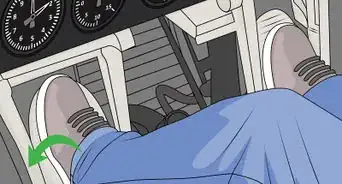

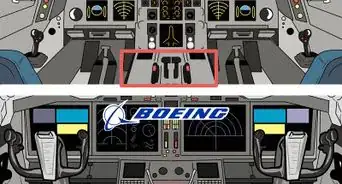
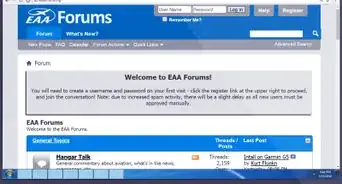

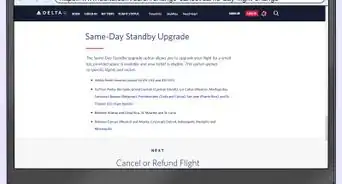
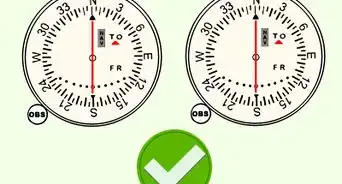
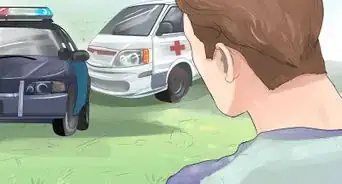
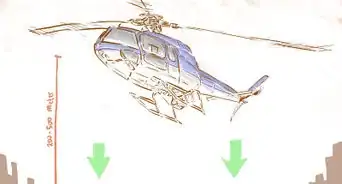
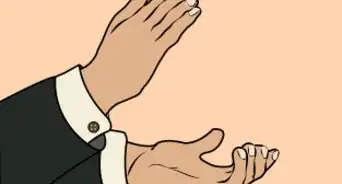
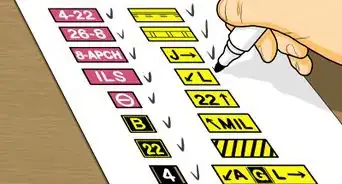
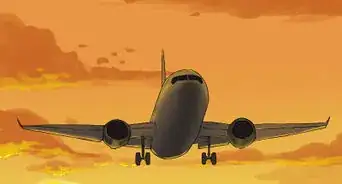
-Step-15.webp)








